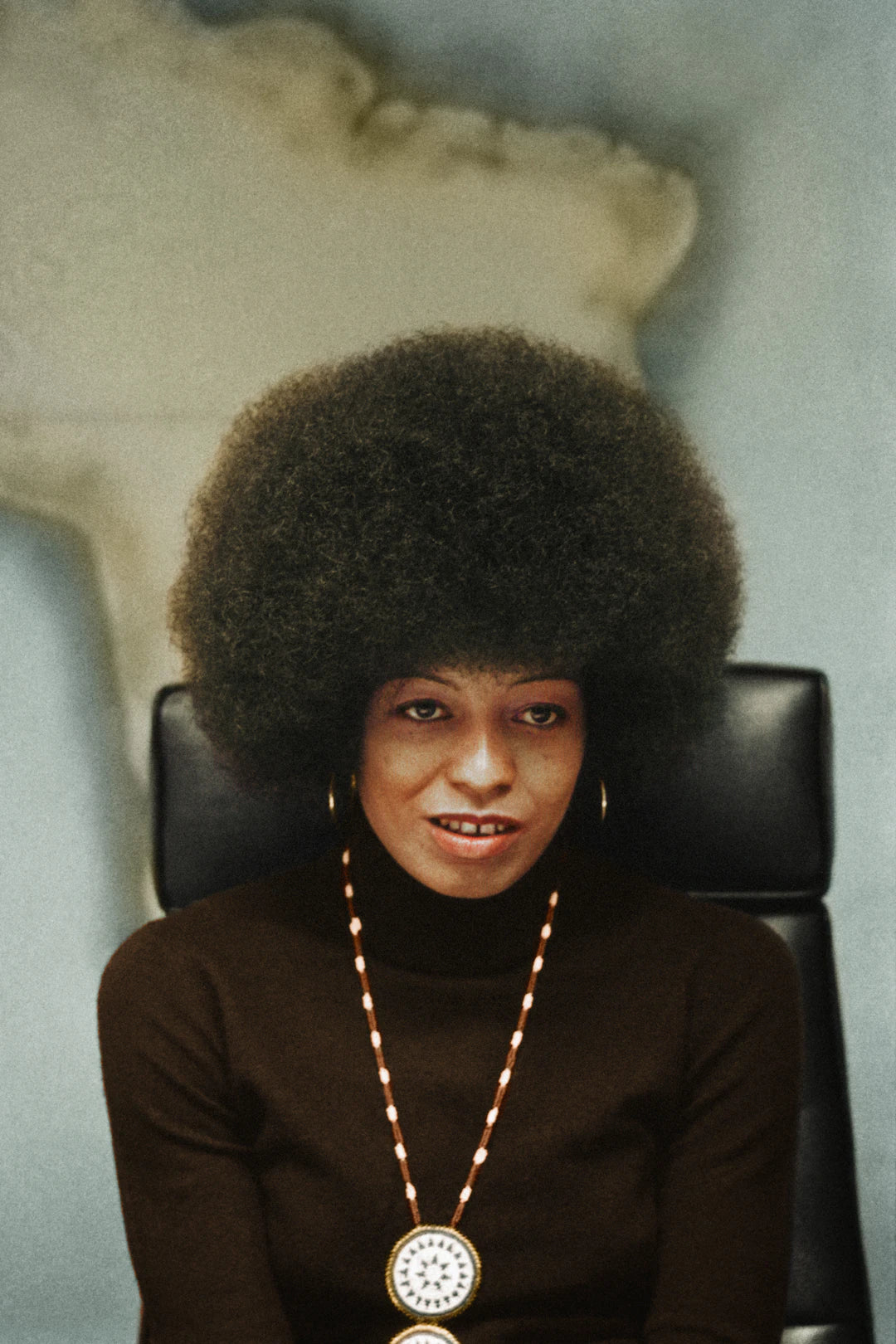Sex toys have existed far longer than many of us realize, playing a role in human sexuality, pleasure, and even personal empowerment throughout history. By understanding the intriguing evolution of these objects, we can appreciate their significance in our lives today. This article will explore the history of sex toys from ancient civilizations to the modern era, revealing the cultural shifts and technological advancements that have shaped them.
Ancient Origins: The Roots of Sexual Pleasure
The records of sex toys date back to ancient times, with archaeological findings suggesting their use in various cultures. These objects have mirrored the evolving attitudes toward sexuality and pleasure across different societies.
Ancient Civilizations: The First Sex Toys
In ancient India and China, some of the earliest references to sexual aids can be found. The Kamasutra, written in the 4th century, not only discussed sexual positions but also mentioned various devices intended to enhance pleasure. Sculptures from ancient China and India depict phallic objects, which were not simply used for pleasure but were also often regarded as symbols of fertility and potency.
- Ancient Greece: In Greece, the use of dildos is documented in literature. The term “olisbos,” which refers to a type of dildo, was even mentioned by the playwright Aristophanes in the 5th century BC.
- Roman Empire: Romans embraced pleasure and luxury, resulting in an array of sex toys that often took the shape of phalluses and were made from materials like wood and stone.
The Medieval and Renaissance Periods: A Shift in Perception
The medieval era was characterized by strict religious doctrines that largely suppressed open discussions and practices related to sexuality. However, this did not obliterate the existence of sexual devices; rather, they transformed in their use and appearance.
Medieval Attitudes Towards Sexuality
Despite societal repression, erotic literature and illustrations persisted. These materials often contained references to sexual devices, showcasing the duality of human nature—where pleasure was simultaneously condemned and celebrated. The invention of the printing press during the Renaissance made such materials more accessible, leading to a gradual normalization of sexual conversation.
- The Rise of Erotica: Literature became a tool for exploration, and among the controversial subjects, the use of sexual devices was a consistent theme.
- Art and Symbolism: Artists began to depict sexual themes, which included representations of sexual aids, reflecting an evolving attitude toward human desire.
The 19th Century: Industrial Revolution and the Birth of Modern Sex Toys
The sexual revolution of the 19th century brought about significant changes in attitudes towards sex and pleasure. The advent of industrialization led to new manufacturing processes that allowed for the mass production of sex toys.
Victorian Era: A Paradox of Prudism and Pleasure
Despite the prudish reputation of the Victorian era, this period saw the emergence of vibrators. Originally marketed as medical devices to treat “hysteria” in women, these early machines were often large and cumbersome. Medical professionals believed they promoted women's health and well-being, though they served another purpose as well.
- Electric Revolution: The introduction of electricity led to the development of more sophisticated devices, initially developed for physicians and eventually finding their way into the home.
- Social Stigma: Despite the growing availability of sex toys, societal stigma continued to linger, leading to discreet marketing and packaging.
The 20th Century: Exploring Freedom and Variety
As time progressed into the 20th century, societal attitudes toward sexuality began to shift dramatically. The feminist movement and sexual liberation, especially during the 1960s and 1970s, played crucial roles in normalizing the conversation surrounding sexual pleasure and sex toys.
Sexual Liberation and the Consumer Boom
The emergence of the sexual revolution in the 1960s was a pivotal moment for sex toys. Women started taking ownership of their sexuality and pleasure. Sex shops began appearing in urban areas, offering a variety of products to a broader audience.
- Variety and Design: Sex toys evolved dramatically in terms of materials, design, and variety, becoming more body-safe and user-friendly.
- Acceptability: A gradual normalization of sexual health and wellness led to sex toys being accepted as tools for intimate expression rather than shameful objects.
The 21st Century: Technology Meets Sexual Wellness
Today, the landscape of sex toys has reached unprecedented levels of acceptance and innovation. The 21st century has been characterized by technological advancements that have transformed the way individuals experience pleasure.
Innovation and Inclusivity
Contemporary sex toys come in a variety of shapes, sizes, and functionalities, catering to diverse preferences and identities. From app-controlled devices to those designed specifically for various orientations and experiences, the landscape has become incredibly inclusive.
- Body Safety Awareness: Modern sex toys are often made from body-safe materials like silicone, glass, and stainless steel, highlighting health and safety regarding sexual pleasure.
- Education and Empowerment: The internet has provided vast resources for sexual education, helping individuals explore their desires and safely navigate the world of pleasure.
- Intersectionality: Today’s market reflects a growing awareness of inclusivity, with designs catering to all genders, sexual orientations, and physical abilities.
Sex Toys in Pop Culture: From Taboo to Trendy
Now more than ever, sex toys are celebrated in popular culture. They have transitioned from being taboo items to symbols of empowerment and ownership over one’s own body.
Media Representation and Acceptance
Television shows, movies, and celebrities have started openly discussing sex and pleasure, contributing to a wider acceptance of sex toys.
- Social Media Influence: Platforms like Instagram and TikTok have fostered a community that discusses and promotes sexual wellness and pleasure, challenging the stigma surrounding sex toys.
- Education Platforms: Many brands and influencers actively engage in educational campaigns to empower their audiences to embrace their sexuality healthily and confidently.
The Future of Sexual Pleasure: New Horizons
As we look toward the future, the evolution of sex toys is likely to continue, shaped by changing societal norms, technological advancements, and an ongoing dialogue about sexual wellness.
Trend Predictions
With the current trajectory, here are some predictions for the future of sex toys:
- Smart Technology: As technology continues to advance, it’s likely that we will see even more sophisticated smart toys that can sync with personal devices, enhancing pleasure through connectivity.
- Personalized Experiences: Expect the emergence of personalized toys tailored to individual preferences, potentially utilizing AI to create bespoke designs.
- Sustainability Focus: As more consumers prioritize eco-friendly products, sustainable materials and ethical manufacturing practices are becoming essential for the modern consumer.
Embracing Pleasure: The Current Landscape
As society continues to embrace the conversation surrounding sex and pleasure, sex toys stand at the forefront of this movement. They symbolize empowerment, self-expression, and the breaking down of long-standing taboos surrounding human sexuality.
Today, sex toys are not only viewed as means for private pleasure but as tools for sexual health, education, and connection. They serve as reminders that sexuality is a vital component of human experience, deserving comfort, exploration, and respect.
Through exploration and awareness, we engage with our sexuality in more profound ways than ever before. As the journey of sex toys continues to unfold, it invites us to remain curious, open-minded, and accepting of our desires, celebrating the multifaceted nature of intimacy and pleasure.

